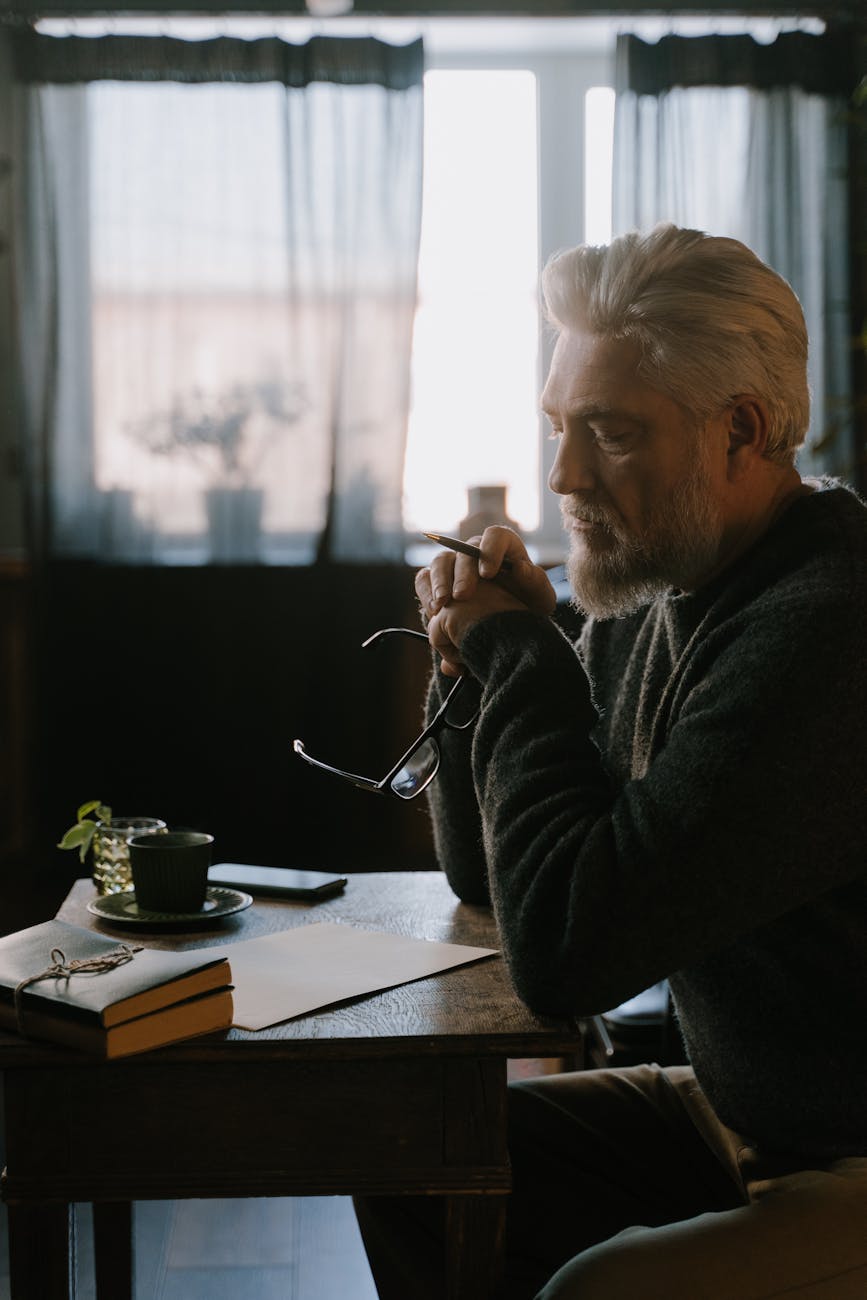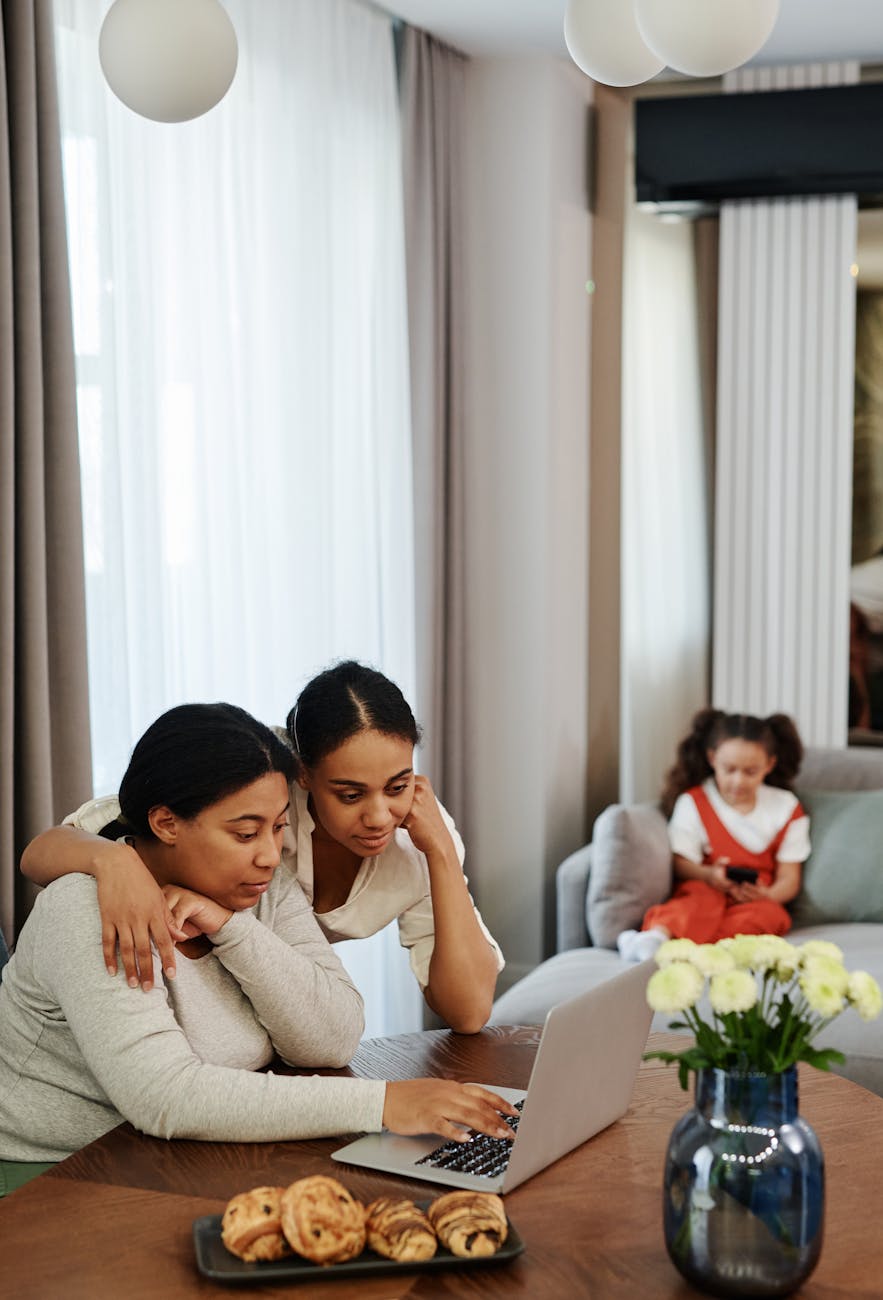Exploring the Psychology of Color in Design

The Impact of Color on Design Choices
Color plays a crucial role in design, influencing how people perceive and interact with visual content. Understanding the psychology behind color can help designers make informed decisions when choosing color palettes for their projects.

Emotional Associations with Different Colors
Each color has unique psychological associations. For example, blue is often associated with trust and calmness, while red can evoke passion and excitement. By leveraging these associations, designers can create the desired emotional response in their audience.
Color Combinations and Harmonies
Another important aspect of color in design is the use of color combinations and harmonies. Designers can utilize tools like the color wheel to create visually appealing palettes that enhance readability and aesthetics.
Color Accessibility and Inclusivity
Creating accessible designs involves considering color choices for those with visual impairments. Designers can ensure inclusivity by using sufficient color contrast and incorporating alternative design elements for color-blind users.




